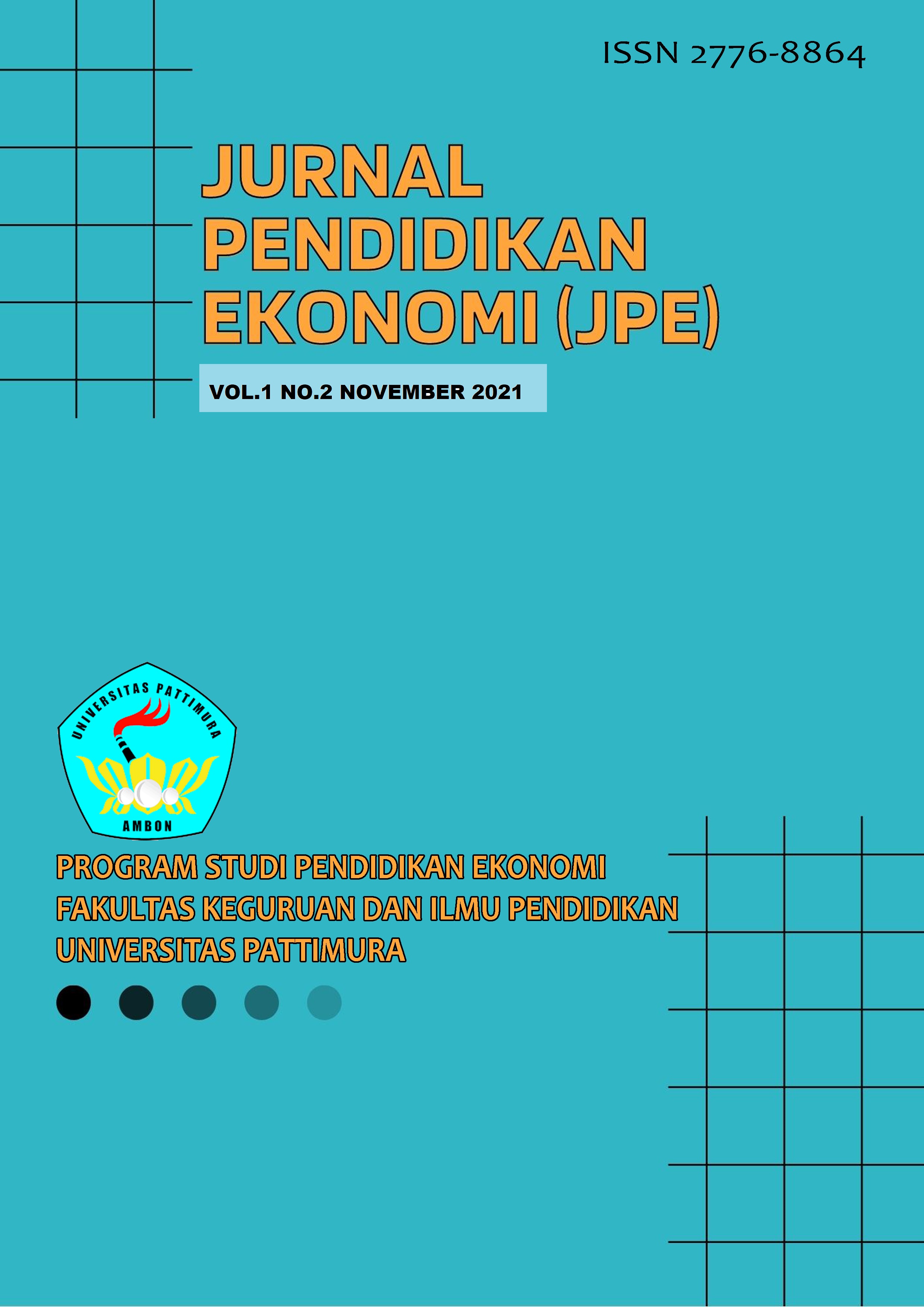Kontribusi Value Stream Costing dan Sistem Pengendalian Manajemen terhadap Peningkatan Kinerja Perusahaan Manufaktur
The Contribution of Value Stream Costing and Management Control Systems to the Improvement of Performance in Manufacturing Companies Ask ChatGPT
Abstract
Tujuan dari penelitian ini adalah untuk mengkaji peran value stream costing (VSC) dan sistem pengendalian
manajemen (SPM) lean dalam mendukung penerapan strategi manajemen lean untuk mencapai keunggulan
kompetitif dan meningkatkan kinerja perusahaan. Pengumpulan data dilakukan dengan menggunakan
kuesioner survei. Sebanyak 123 manajer di perusahaan manufaktur berpartisipasi dalam penelitian ini. Data
dianalisis menggunakan PLS-SEM. Hasil penelitian menunjukkan bahwa lean MCS berpengaruh positif dan
signifikan terhadap keunggulan bersaing dan kinerja perusahaan, tetapi VSC tidak berpengaruh signifikan
terhadap keunggulan bersaing dan kinerja perusahaan. Selanjutnya, hasil penelitian menunjukkan peran lean
MCS sebagai bagian integral dari manajemen lean untuk mencapai keunggulan kompetitif dan meningkatkan
kinerja perusahaan.
Downloads
Copyright (c) 2021 Jurnal Pendidikan Ekonomi (JPE)

This work is licensed under a Creative Commons Attribution-NonCommercial 4.0 International License.












